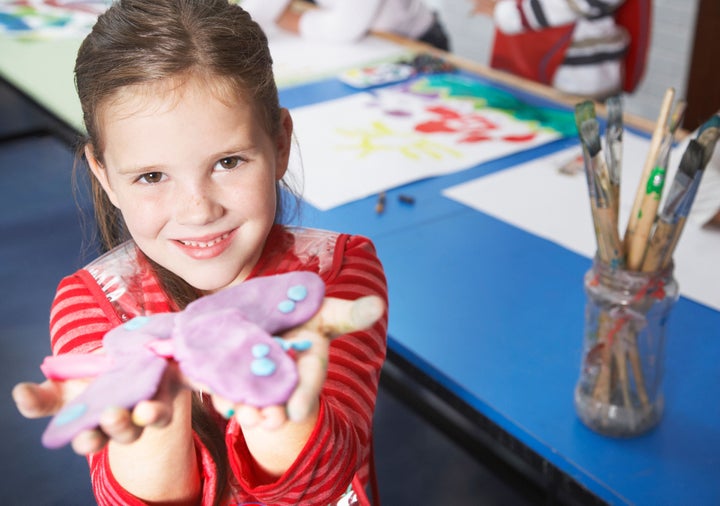
"Genius is the error in the system." -- Paul Klee
When a student asks me, an art teacher, how to do something, I often don't answer. It's not that I'm especially possessive of my acquired knowledge; to the contrary, I don't think knowledge belongs to anyone; it should be shared, or better yet, discovered.
As teachers, we imply there are definite answers and that we possess them. Sometimes teachers play a kind of game in which they encourage students to guess the answer in the teacher's head. It might be better played the other way around.
Figuring things out for yourself has a high value. Thinking is the best way to learn. But it's painful and a lot of work, and lengthy uncertainty is uncomfortable.
There are rules, and there is much an art student needs to learn. We must recognize when a rule is a convention or a convenience, rather than a universal law, and we must recognize assumptions underlying what we believe. To learn to apply rule-based solutions without understanding them is incomplete learning.
I think of knowledge as familiarity with facts or formulae; and understanding as the ability to apply the principles of knowledge to new conditions and circumstances. Creativity (I would never limit this term to the arts only) involves understanding and, paradoxically and simultaneously, not knowing; entering a process where ready answers are inadequate to the task, and where the resolution at first uncertain. You can be know a lot about something and be thought to be good at it, yet not know for sure where things are going to come our.
And often when things do come out, and they usually do though it takes a while, they don't look so good at first. Gertrude Stein, quoting Picasso, said, "When you make a thing, it is so complicated making it that it is bound to be ugly, but those that do it after you they don't have to worry about making it and they can make it pretty, and so everybody can like it when the others make it." (from The Autobiography of Alice B. Toklas.) When you work something out on your own, you often do so awkwardly, haltingly, even blindly, without fully knowing the outcome ahead of time.
The best arts schools are not vocational schools. Students are "trained" to learn the rules and to speak the language of their medium, but more importantly, they are encouraged to develop their own habits of mind and to acquire the discipline of continuing to work in the face of not being able to get the answers right away. They learn how to not give up until they get there.
What else do students learn how to do in arts education?
They learn how their first answer may not be the best. They learn how the last answer may help you get to the next, but it won't be the next answer. They learn how there might be more than one way of interpreting or doing something. They learn how skill and knowledge in their discipline is a means and a beginning, not an end.
They learn how to live with uncertainty, to pursue outcomes that are not predetermined.
They learn how one must risk the thing one cares most about.
They learn how to look anywhere and everywhere for answers.
They learn how nothing is sacred and everything is sacred.
They learn how to let go of the shore and push off into the middle of the river.